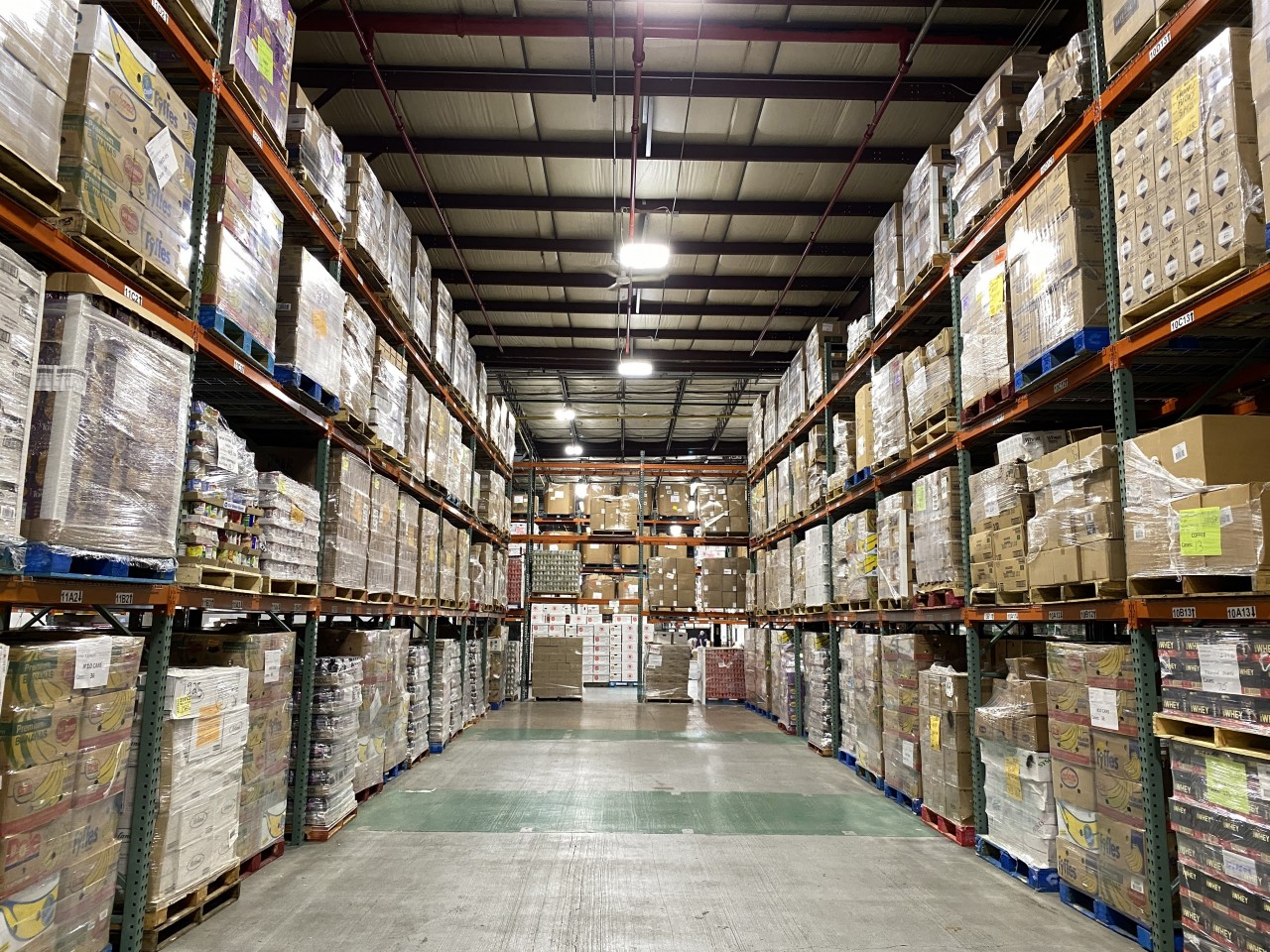Food Bank vs. Food Pantry: What's the difference?
When visitors come to Midwest Food Bank for the first time they are often surprised by the size of our warehouses and the amount of food on our shelves. They aren't expecting forklifts, pallets, and semi-trucks.
That's when the conversation turns to the difference between a food bank and a food pantry.
Food banks – Midwest Food Bank, like other food banks, gather large amounts of food (think semi-loads) and are the supply line to food pantries. MFB has a person on staff that is designated to procure food and build relationships with large food suppliers across the United States. We also work closely with grocery stores and food distribution centers. That food is then brought to one of the MFB warehouses – thanks to our many volunteer drivers - where it is prepared for the next step, which is giving it to food pantries. Simply put, food banks provide food to food pantries. At MFB, we give food free of charge, with the understanding that the pantries give it away free.
Food pantries – There are many types of organizations like food pantries, homeless shelters, and soup kitchens that receive food from Midwest Food Bank. Food pantries use this food to serve those in need in their communities. Food pantries give food to individuals.
Midwest Food Bank works with over 2,000 food pantries and feeding programs each month. Last year, MFB distributed about $280 million worth of food to pantries and feeding programs. While food banks and food pantries have different roles, we have the same goal – provide quality, nutritious food to people that need it.
To see a brief video showing Midwest Food Bank's distribution model, click here.
When you subscribe to the blog, we will send you an e-mail when there are new updates on the site so you wouldn't miss them.


